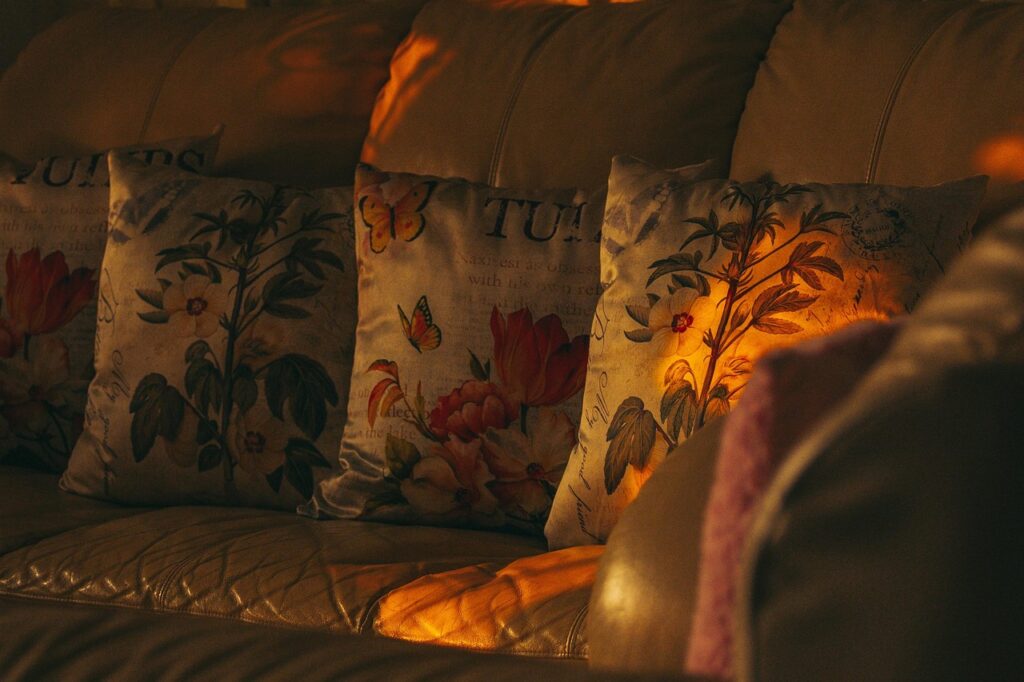Converting a metal barn into a livable space is an exciting and cost-effective way to repurpose an existing structure.If you are creating a guesthouse, a rental property, or your full-time home, metal barns offer a solid foundation, durability, and flexibility.
With proper planning and execution, you can transform a functional utility building into a comfortable and beautiful living space. This guide will walk you through the essential steps, considerations, and benefits of turning your barn into a livable haven.
What is the Potential of Metal Barns
Metal barns are typically constructed with steel framing and metal siding, offering strength and longevity. These structures are originally designed to house equipment, livestock, or feed, but with their high ceilings and open layouts, they can be creatively adapted for residential use.
The transformation process may involve rethinking the space completely, adding insulation, windows, plumbing, electrical systems, and interior walls. But the reward is a unique, custom home that blends rustic charm with modern comforts. In rural areas or large properties, a converted metal barn can also serve as an excellent solution for multi-generational living or farm-stay accommodations.
Initial Assessment and Planning
Before beginning any conversion project, it’s crucial to evaluate the condition of your metal barn. Consider factors such as structural integrity, roof condition, foundation stability, and the availability of utilities. If the building is sound, you’re off to a great start. If not, you’ll need to factor in repairs or reinforcements into your budget.
Once the building is assessed, think about how you want to use the space. Will it be a one-bedroom studio, a multi-room family home, or a hybrid living/working space? Sketch out a basic floor plan to understand spatial possibilities and determine your design priorities.
You should also consult with a structural engineer or architect experienced in barn conversions to ensure your plans meet local building codes and safety requirements.
Zoning, Permits, and Legal Requirements
Converting a barn into a home isn’t just a matter of construction. There are legal aspects to consider as well. You will need to check local zoning regulations to determine whether a barn can be legally used as a residence. In some cases, you may need to rezone the property or obtain a conditional use permit.
Additionally, most municipalities will require building permits for residential conversions. These permits may cover aspects such as structural changes, electrical wiring, plumbing, HVAC installation, and septic or sewer connections. Failing to obtain proper permits can result in fines or even the requirement to dismantle unapproved work, so it’s essential to do things by the book.
Designing the Interior Layout
Designing your barn home’s interior is one of the most exciting parts of the project. Barns often feature large, open interiors with high ceilings, making them perfect for open-concept designs. You can incorporate modern living spaces with large kitchens, open dining areas, and loft bedrooms while still retaining the barn’s rustic charm.
Start by deciding on how many bedrooms and bathrooms you will need. Consider traffic flow, storage solutions, and natural lighting. Since barns typically lack partitioned rooms, you’ll have the freedom to design a layout that perfectly suits your lifestyle. Embrace the barn’s natural features. Exposed beams, wide entrances, and tall walls can all become focal points in your design.
Insulating and Weatherproofing
Metal barns are not inherently suited for residential comfort. One of the first challenges in conversion is making the space thermally efficient and weather-resistant. Metal conducts heat and cold very efficiently, which means insulation is critical.
Spray foam insulation is often the best choice for metal barns. It creates an airtight seal, reduces noise, and adds structural strength. You may also use batt insulation or rigid foam panels depending on your needs and budget. Insulating both the roof and walls will help maintain a consistent indoor temperature and prevent condensation, which can lead to rust and mold.
Sealing gaps, upgrading windows and doors, and adding a vapor barrier are also important steps to ensure energy efficiency and long-term durability.
Installing Utilities
Your barn-turned-home will need all the comforts of a modern house, including electricity, water, and sewage. This part of the process can be complex, especially if the barn is located far from existing utility connections.
Work with licensed professionals to install or upgrade your electrical system. You’ll need lighting, outlets, heating and cooling units, and appliance connections. For plumbing, consider where bathrooms and kitchens will be placed to optimize water and drainage lines.
If your property isn’t connected to a municipal sewer system, you may need to install a septic system. This will require a percolation test and possibly additional permits. Don’t forget to plan for internet and communication services, which are essential in today’s connected world.
Flooring and Interior Finishes
With your utilities in place and insulation installed, it’s time to focus on flooring and interior finishes. Many metal barns sit on concrete slabs, which can be polished for a modern industrial look or covered with traditional flooring options like hardwood, tile, or laminate.
When choosing materials, consider your local climate, maintenance requirements, and design preferences. Interior walls can be framed with wood or metal studs and finished with drywall, shiplap, or reclaimed wood for added character.
Exposed metal beams can be painted or wrapped for a more refined look, or left as-is for an industrial-chic vibe. Add finishing touches such as lighting fixtures, cabinetry, and built-in furniture to complete the transformation.
Heating, Cooling, and Ventilation
Controlling the climate inside a metal barn is essential for comfort. Because metal buildings can heat up quickly in summer and lose heat in winter, a reliable HVAC system is a must.
Mini-split systems are a popular choice for barn conversions due to their efficiency and flexibility. You can also install a central HVAC system if your barn is large or has multiple rooms. Ceiling fans, energy-efficient windows, and well-planned ventilation will help maintain airflow and reduce energy usage.
In colder climates, radiant floor heating can be an effective and luxurious way to warm up your home, especially if you’re working with a concrete slab.
Creating Outdoor Living Spaces
One of the best parts about living in a converted barn is the opportunity to enjoy your surrounding land. Plan for outdoor spaces that enhance your lifestyle and complement your interior design.
Consider adding a deck, patio, or wraparound porch to extend your living space. Outdoor kitchens, fire pits, and garden areas can provide the perfect setting for gatherings or quiet relaxation. Use landscaping to frame your barn home and improve curb appeal, especially if it will serve as a rental or guesthouse.
Think about access and parking as well—gravel driveways, walkways, and lighting can make a big difference in usability and aesthetics.
Sustainability and Eco-Friendly Upgrades
Converting a barn is inherently a sustainable practice because it repurposes existing materials. However, you can take it further by incorporating eco-friendly upgrades during the remodel.
Install energy-efficient windows and appliances, and consider renewable energy sources such as solar panels. Collecting rainwater, using reclaimed materials, and incorporating passive solar design can reduce your environmental impact and lower long-term operating costs.
Proper insulation and energy-conscious design choices also contribute to a smaller carbon footprint and a more comfortable, efficient home.
Budgeting and Timeline Considerations
While converting a barn can save money compared to building a home from scratch, it’s still a major investment. Your budget should account for structural repairs, insulation, utilities, permits, design features, and furnishings. Unexpected costs may arise during the process, so build in a contingency fund of at least 10–15%.
The timeline for conversion can vary greatly depending on the barn’s condition, the complexity of the design, and the availability of contractors. Expect anywhere from a few months to over a year for full completion. Careful planning, scheduling, and project management can help keep things on track.
Personalizing Your Barn Home
The beauty of converting a barn lies in its uniqueness. Unlike cookie-cutter homes, a barn conversion reflects your style, creativity, and way of life. Use this opportunity to create a space that tells your story.
Incorporate heirloom furniture, antique fixtures, or local materials to connect your home with its surroundings. If you’re blending modern amenities with rustic charm, strike a balance with textures, color palettes, and layout. The final result should be both beautiful and functional—a place you’re proud to call home.
Final Thoughts
Turning a metal barn into a livable space is an ambitious yet deeply rewarding project. It combines the appeal of rustic architecture with the comforts of modern living, offering a unique solution for those who value sustainability, creativity, and self-sufficiency. With the right planning, resources, and vision, you can convert your barn into a cozy retreat, a stylish guesthouse, or a forever home full of character and charm.
So if you are looking for an off-grid getaway or a primary residence, a metal barn offers a flexible foundation for a truly unique living experience. As more people seek alternative housing solutions and rural revitalization, barn conversions continue to rise in popularity. It offers both style and substance in equal measure.

